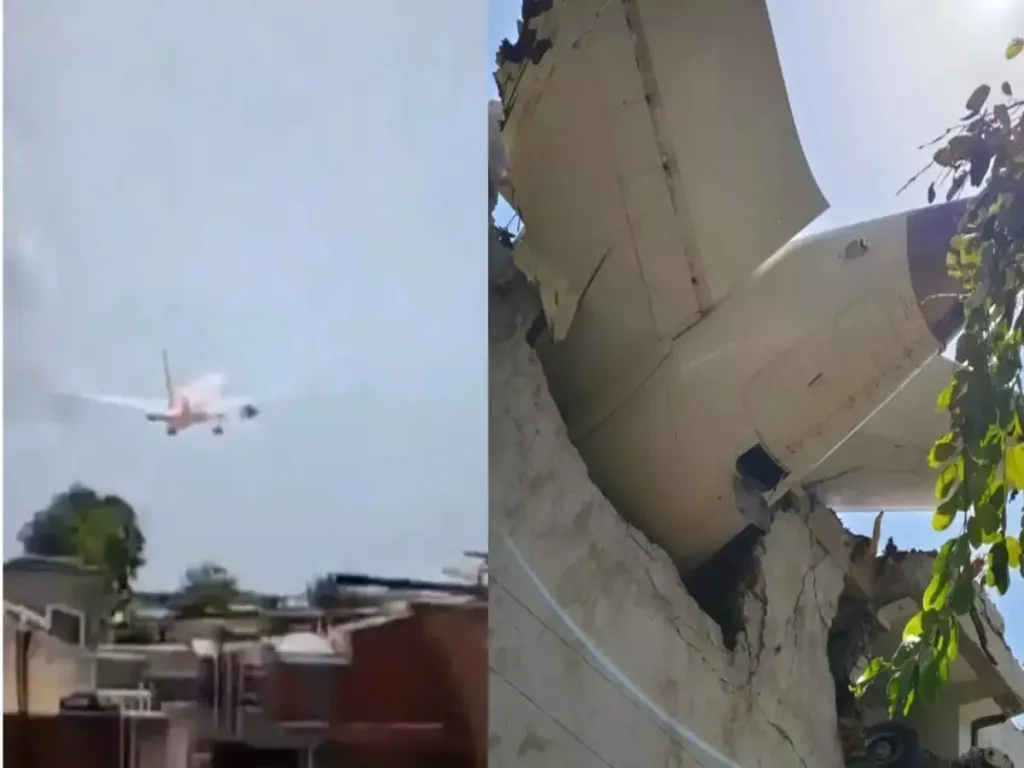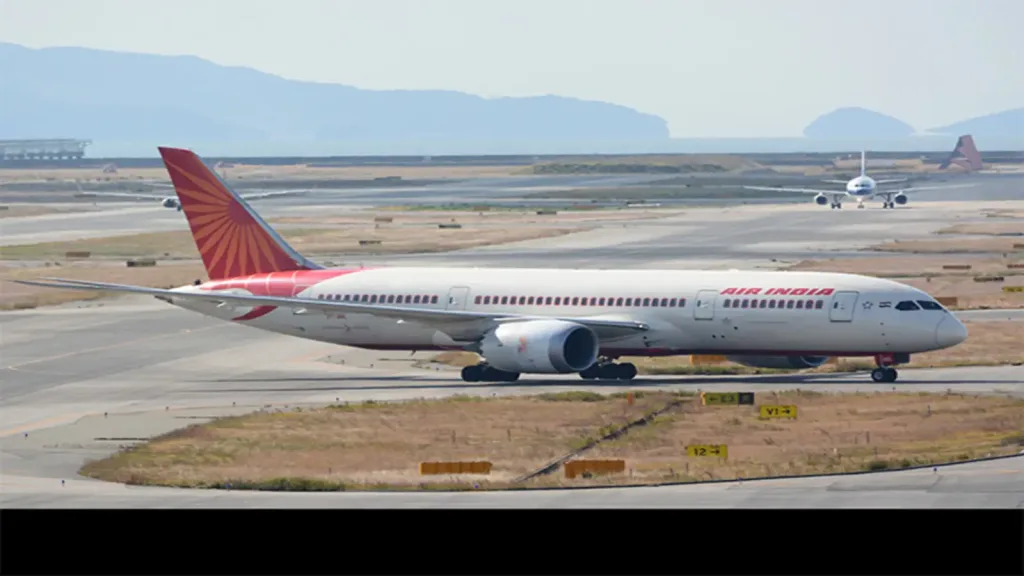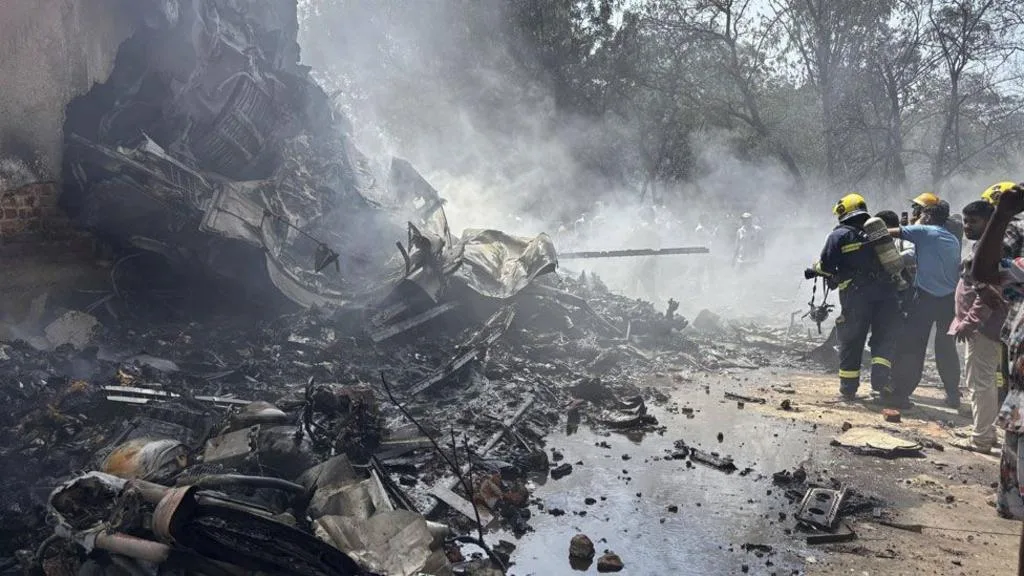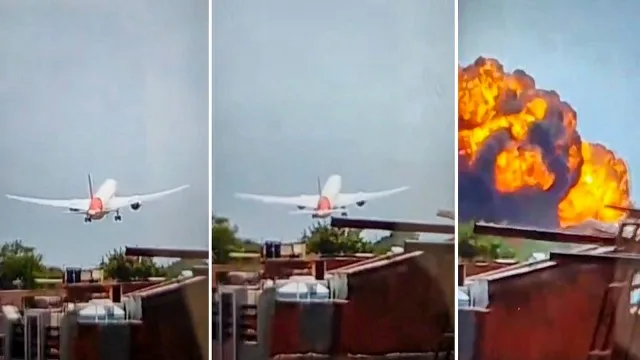Ahmedabad Plane Crash: On Thursday, June 12, 2025, Indian aviation witnessed one of its darkest days when Air India Flight AI171, a Boeing 787-8 Dreamliner bound for London Gatwick, crashed minutes after takeoff from Ahmedabad’s Sardar Vallabhbhai Patel International Airport. With 242 souls on board, this tragedy marks not only a devastating loss of life but also the first fatal hull loss in the Boeing 787 program’s operational history.
The crash occurred in broad daylight in a residential area near Meghani Nagar, sending shockwaves through the aviation industry and the nation. Among the passengers was reportedly former Gujarat Chief Minister Vijay Rupani, adding political gravity to an already catastrophic event. As rescue operations commenced and investigations began, the incident unfolded as a complex breaking news story with rapidly evolving information, conflicting reports, and significant implications for aviation safety worldwide.
Table of Contents
Breaking News Timeline & Critical Analysis
This step-by-step analysis examines the chronological development of the story, dissects the information flow, identifies discrepancies in early reporting, and provides critical analysis of the broader implications. From the first distress signals to the immediate aftermath, we trace how this tragedy unfolded in real-time and analyze the challenges faced by authorities, media, and the aviation industry in responding to such a catastrophic event.
The crash represents a convergence of multiple critical factors: the first fatal accident for Boeing’s flagship Dreamliner, the loss of a high-profile political figure, the human tragedy of hundreds of families affected, and the broader questions it raises about aviation safety in India’s rapidly expanding airline industry.
TIMELINE RECONSTRUCTION
13:38 IST – TAKEOFF AND IMMEDIATE DISASTER
Flight AI171, a Boeing 787-8 Dreamliner, departed Sardar Vallabhbhai Patel International Airport at 1:38 PM on Thursday, 12 June, and went down moments later after issuing a distress signal. The aircraft was bound for London Gatwick when disaster struck within minutes of takeoff.
Analysis: The timing suggests this was a takeoff-related incident, which statistically represents one of the most critical phases of flight operations.
13:40-13:45 IST – CRASH IMPACT
A London-bound Air India flight carrying 242 people, including former Gujarat Chief Minister Vijay Rupani, crashed into a residential area near Meghani Nagar in Ahmedabad just minutes after takeoff. The aircraft went down in a populated area, raising concerns about ground casualties.
Analysis: Residential area crashes typically compound the tragedy with potential ground casualties and property damage, making rescue operations more complex.
13:45-14:00 IST – EMERGENCY RESPONSE ACTIVATION
According to the initial reports, fire brigade teams have rushed to the spot. Reports suggest that the accident occurred immediately after the plane took off from Ahmedabad Airport. Emergency protocols were immediately activated. Gujarat Chief Minister Bhupendra Patel and Chief Secretary Pankaj Joshi coordinated the creation of green corridors to facilitate urgent medical assistance.
Analysis: The rapid government response indicates the severity was immediately recognized, with high-level coordination suggesting this was treated as a major disaster.

14:00-15:00 IST – CASUALTY CONFIRMATION
India’s federal health minister said that “many people” were killed. The aircraft couldn’t dispose of its oil in the plane, and with it, only the plane crashed; highly unlikely that the passenger would survive. Sources from Air India.
Analysis: The fuel dump failure mentioned by sources suggests the aircraft may have been too heavy for an emergency landing, which could be a contributing factor to the severity of the crash.
KEY FIGURES AND PASSENGER MANIFEST
High-Profile Casualties
Initial reports suggests that former Gujarat Chief Minister Vijay Rupani was also on board. However, Among the 232 passengers onboard was former Gujarat Chief Minister Vijay Rupani, who is reportedly dead, though this remains unconfirmed officially.
Analysis: The presence of such a high-profile political figure adds significant political and media attention to the tragedy, but also highlights that aviation disasters affect all strata of society equally.
Passenger Count Discrepancies
Multiple sources report different passenger counts:
- 242 people on board (Reuters)
- 232 passengers onboard (Oneindia)
- 142 passengers on board (India.com)
Analysis: Initial casualty figures in aviation disasters are often inconsistent due to confusion between total souls on board (including crew) versus passenger count. The 242 figure from Reuters appears most reliable as it likely includes crew.

AIRCRAFT AND TECHNICAL DETAILS
Aircraft Specifications
The aircraft involved was a Boeing Dreamliner 787, specifically a Boeing 787-8 Dreamliner. This marks a significant development as it represents the first fatal hull loss for the 787 program.
Analysis: The 787 Dreamliner had maintained an exemplary safety record since its introduction, making this crash particularly significant for Boeing and the aviation industry.
Route and Operations
Flight AI171, operating Ahmedabad-London Gatwick, was involved in an incident today, 12 June 2025. This was a scheduled international service on a popular route for the Indian diaspora in the UK.
Analysis: The Ahmedabad-London route serves a significant passenger demographic, including business travelers and Indian families, amplifying the human impact of this tragedy.
RESPONSE AND INVESTIGATION
Official Airline Response
Air India spokesperson said, “Flight AI171, operating Ahmedabad-London Gatwick, was involved in an incident today, 12 June 2025. At this moment, we are ascertaining the details and will share further updates at the earliest.”
Analysis: The airline’s measured response using “incident” rather than “crash” initially suggests standard crisis communication protocols, though the severity became apparent quickly.
Corporate Response
Following the tragic incident in Ahmedabad, Air India turned all its social media profiles black as a mark of mourning.
Analysis: This symbolic gesture indicates the gravity of the situation and Air India’s acknowledgment of the tragic nature of the event.
Visual Evidence
The first video and image from the AI171 Air India crash near Ahmedabad’s Meghani Nagar have surfaced online. Visuals show thick smoke and rescue operations in progress. Smoke was seen emanating from the airport premises.
Analysis: The emergence of visual evidence on social media demonstrates how modern disasters unfold in real-time across digital platforms, creating both awareness and potential misinformation challenges.

OPERATIONAL IMPACT
Flight Operations Disruption
News reports indicate that All Delhi-Ahmedabad flights delayed as Air India flight on way to London crashes.
Analysis: The immediate operational impact extends beyond the tragedy itself, affecting the broader aviation network and indicating the systemic response to such incidents.
CRITICAL ANALYSIS POINTS
Information Reliability Concerns
- Passenger Count Inconsistencies: Multiple figures reported (142, 232, 242)
- VIP Casualty Confirmation: Vijay Rupani’s presence confirmed by multiple sources but death unconfirmed officially
- Fuel Dump Claims: Technical details from unnamed Air India sources require verification
Communication Pattern Analysis
- Graduated Disclosure: Information released in phases, typical of crisis management
- Official vs. Media Sources: Discrepancies between official statements and media reports
- Social Media Impact: Real-time information and misinformation spreading simultaneously
Investigative Priorities
Based on available information, investigators will likely focus on:
- Takeoff Performance: Why the aircraft couldn’t maintain flight shortly after takeoff
- Fuel Management: Reports of inability to dump fuel suggest possible system failures
- Weather Conditions: Environmental factors during takeoff
- Maintenance Records: Recent inspection and maintenance history
- Crew Performance: Actions taken during the brief flight time
BROADER IMPLICATIONS
Aviation Safety Impact
This represents the first fatal hull loss for the Boeing 787 program, potentially affecting:
- Global 787 operations and public confidence
- Boeing’s stock performance and market position
- Regulatory oversight of the 787 fleet
- Air India’s international operations
Political and Social Impact
The potential loss of a former Chief Minister adds political dimensions:
- Increased media scrutiny and public attention
- Political implications for Gujarat state
- Enhanced pressure for thorough investigation
- Greater focus on VIP travel security protocols
CONCLUSION
The Air India Flight AI171 crash represents a complex breaking news story with multiple evolving elements. The step-by-step analysis reveals:
- Rapid Timeline: Disaster occurred within minutes of takeoff, suggesting critical phase failure
- Information Challenges: Multiple conflicting details require verification
- High Stakes: First 787 fatal crash and high-profile casualties amplify significance
- Systemic Response: Government, airline, and media responses following established crisis patterns
The investigation will be crucial not only for determining the cause but also for maintaining confidence in the 787 program and Air India’s operations. The human tragedy of 242 lives lost remains the central focus, while the technical and political implications will unfold over the coming weeks and months.








